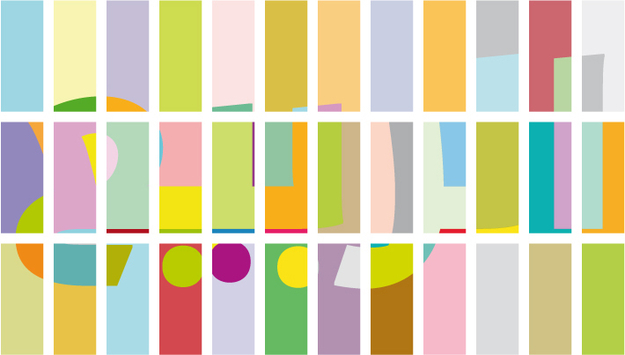Part of the Multiple Baselines series
Multiple Baselines: a series of interviews with people who play a role in the development of technology and design for the Arabic script.
Part of the Multiple Baselines series
Multiple Baselines: a series of interviews with people who play a role in the development of technology and design for the Arabic script.

Today, you can use your font of choice on your web pages. Finally. The font format wars are over. These have been raging since the beginning of desktop computing. All major players wanted their own format to become the standard and - of course - all failed. Humans need wars to reach peace, there seem to be no other way. First, there was Adobe that invented the Postscript format which put the graphic industry upside down. Apple followed by creating their own competing font format ‘TrueType’ and also invented the most advanced type technology around it, first the GX and later the AAT format. Both never became standard. The latest important war general - to no surprise - was Microsoft. It teamed up with Adobe to create ‘OpenType’ and developed the most advanced tools and instructions for global font developers to use on their software. Thus following the template of their immense success as a company. All big American enterprises urgently needed ‘localized’ versions of their software in order to expand globally, so the Unicode consortium was created in the US to make a unified database of all languages and scripts in the world. This database became the first global standard in our digital Tower of Babylon. Slowly, but surely all software makers and font foundries began to adapt to the new OpenType/Unicode standard. Some, like Apple, reluctantly. Probably caused by accumulated frustration over the years.
The last boundary still to overtake, was the internet. In this domain, the war was still raging at the cost of the consumers. Looking back, it is nothing less than perplexing how long it took for ‘content creators’ to select their own typeface for their web pages, in comparison to how easily they could do it in all other media (at least for the Latin script). It is quite amazing to notice how far the power of industries reaches to shut off by far the most important global medium today from ‘market forces’. So much for the power of the market. As in all wars, the first casualty is the truth. Consumers and designers have always been told that it was technically difficult to use your own fonts on the web and that IP protection was impossible. Both arguments were bogus. To extract a font from a web page is not simpler or more difficult than doing the same from a pdf file. Technically there were no hurdles. All you need is allowing for font embedding, a generally accepted font format and a font file of a normal size. No big deal. No real new inventions needed. All technology required was already around for many years. The only thing that was lacking was the willingness of the big American players to make peace with each other at long last. And that happened lately, and surprisingly fast. Practically all major browsers now accept font embedding and the new WOFF format is generally accepted, this time with the speed of light - for a change.
The implications of peace are always far reaching. The typographic abundance we are so much used to in the printed media will finally reach the web. It will look like a real spring. New typographic flowers will grow everywhere, even for complex scripts like the Arabic script. New and exiting times for Arabic typography. Type technology for the Arabic script has always suffered from complexity and proprietary font formats. That is likely to be over, the new standard will be the same for ALL scripts. Proprietary formats will be forced more and more into a niche market, before disappearing altogether, as it happened before in Latin typography.
To celebrate the Typographic Spring, we will start a series of interviews with people who play a role in the development of technology and design for the Arabic script. The title of this series will be ‘Multiple Baselines’.
Edo Smitshuijzen